James Wayne Thacker
age ~74
from Arnold, MO
- Also known as:
-
- James W Thacker
- James E Thacker
- Jim Thacker
- James Mackes
- Jimmy Thacker
- Phone and address:
-
3608 Kelly Dr, Arnold, MO 63010
3149201301
James Thacker Phones & Addresses
- 3608 Kelly Dr, Arnold, MO 63010 • 3149201301
- 2914 Highland House Villas Ct, Arnold, MO 63010
- Imperial, MO
- Saint Louis, MO
- 1625 Crystal Heights Rd, Festus, MO 63028
- Barnhart, MO
Work
-
Company:Barnes jewish hospitalAug 2013
-
Position:Staff rn, operating room
Education
-
School / High School:St Charles Community CollegeMar 2013
Specialities
General Practice
Resumes

James Thacker
view source
James Thacker
view source
Independent Computer Software Professional
view sourceLocation:
Greater St. Louis Area
Industry:
Computer Software

Director Of Field Clinical Engineering At Nevro Corporation
view sourceLocation:
Greater St. Louis Area
Industry:
Medical Devices

James Thacker Barnhart, MO
view sourceWork:
Barnes Jewish Hospital
Aug 2013 to 2000
Staff RN, Operating Room
Aug 2013 to 2000
Staff RN, Operating Room

James Thacker
view sourceLocation:
United States

James Thacker
view sourceLocation:
United States

James Thacker
view sourceLocation:
United States
Lawyers & Attorneys

James Thacker - Lawyer
view sourceSpecialties:
General Practice
ISLN:
922503222
Admitted:
2012
University:
University of Arkansas Little Rock School of Law, AR; CA; University of California at Los Angeles, CA
Isbn (Books And Publications)

Effective Training: Systems, Strategies, and Practices
view sourceAuthor
James W. Thacker
ISBN #
0130327395

Effective Training: Systems, Strategies and Practices
view sourceAuthor
James W. Thacker
ISBN #
0131860119

Effective Training : Systems, Strategies and Practices
view sourceAuthor
James W. Thacker
ISBN #
0132681609
Name / Title
Company / Classification
Phones & Addresses
2J HOME IMPROVEMENT, LLC
SATELLITE INSTALLATIONS GROUP, LLC
Owner, Principal
Baycrest Development LLC
Management Services
Management Services
4529 Thunder Rdg Rd, Wildwood, MO 63025
JM SESAME, INC
ALIVE IN THE SPIRIT MINISTRIES, INC
Us Patents
-
Implantable Cardiac Stimulation Device And Method Utilizing Electrogram Spectral Analysis For Therapy Administration
view source -
US Patent:6622042, Sep 16, 2003
-
Filed:May 9, 2001
-
Appl. No.:09/852884
-
Inventors:James R. Thacker - Eureka MO
-
Assignee:Pacesetter, Inc. - Sylmar CA
-
International Classification:A61N 1365
-
US Classification:607 14, 600518
-
Abstract:An implantable cardiac stimulation device and method utilizes electrogram spectral analysis to administer electrical stimulation therapy to a heart to treat accelerated arrhythmias of the heart. The device includes an arrhythmia detector that initially detects an accelerated arrhythmia of the heart. An acquisition system then acquires an electrogram of the heart having both atrial and ventricular depolarization components. A processor then spectral analyzes the electrogram to provide spectral data related to the accelerated arrhythmia. The spectral data may be used for arrhythmia discrimination, arrhythmia tolerance discernment, and/or by a pulse generator to control stimulation therapy delivery timing.
-
Neural Stimulation Lead Fixation
view source -
US Patent:7099718, Aug 29, 2006
-
Filed:May 24, 2002
-
Appl. No.:10/155146
-
Inventors:James R. Thacker - Eureka MO, US
David K. L. Peterson - Saugus CA, US
James P. McGivern - Stevenson Ranch CA, US
Michael S. Colvin - Malibu CA, US -
Assignee:Advanced Bionics Corporation - Valencia CA
-
International Classification:A61N 1/05
-
US Classification:607117
-
Abstract:An implantable lead having at least one electrode contact at or near its distal end prevents undesirable movement of the electrode contact from its initial implant location. One embodiment relates to a spinal cord stimulation (SCS) lead. A balloon may be positioned on the electrode lead array. The balloon is filled with air, liquid or a compliant material. When inflated, the balloon stabilizes the lead with respect to the spinal cord and holds the lead in place. The pressure of the balloon is monitored or otherwise controlled during the filling process in order to determine at what point the filling process should be discontinued. An elastic aspect of the balloon serves as a contained relief valve to limit the pressure the balloon may place on the surrounding tissues when the epidural space is constrained.
-
Neural Stimulation System Providing Auto Adjustment Of Stimulus Output As A Function Of Sensed Pressure Changes
view source -
US Patent:7239920, Jul 3, 2007
-
Filed:Feb 11, 2003
-
Appl. No.:10/364434
-
Inventors:James R Thacker - Eureka MO, US
Carla Mann Woods - Los Angeles CA, US -
Assignee:Advanced Bionics Corporation - Sylmar CA
-
International Classification:A61N 1/00
-
US Classification:607 46
-
Abstract:A neural stimulation system automatically corrects or adjusts the stimulus magnitude in order to maintain a comfortable and effective stimulation therapy. Auto correction of the stimulus magnitude is linked to the measurement of pressure in the vicinity of the electrode-tissue interface. Because the pressure near the electrode-tissue interface can provide a measure of the electrode contacts' proximity to the neural tissue, and hence quantity of electrical energy delivered to the neural tissue, a change in the measured pressure or pressure morphology indicates that the stimulation energy may need to be adjusted. Hence, changes in pressure provide a feedback mechanism that permit the system to effectively auto correct the stimulus amplitude in order to maintain a desired therapeutic effect.
-
Method And System For Treating Atrial Fibrillation
view source -
US Patent:7321794, Jan 22, 2008
-
Filed:Nov 14, 2003
-
Appl. No.:10/713511
-
Inventors:James R Thacker - Eureka MO, US
Kelly H McClure - Simi Valley CA, US
Todd K Whitehurst - Santa Clarita CA, US
Philip H Lee - Santa Clarita CA, US -
Assignee:Advanced Bionics Corporation - Valencia CA
-
International Classification:A61N 1/368
-
US Classification:607 50, 607 9
-
Abstract:An atrial, anti-arrhythmia system and method are provided. The system comprises: at least two electrodes attached to the atrium for providing independently controlled stimulus through each electrode; detection circuitry that can sense atrial fibrillation or the cardiac cycle; and stimulus generator that can deliver stimulation through at least two electrodes to stop atrial fibrillation. The method for treating atrial fibrillation has three possible modes: a first mode for detecting ongoing atrial fibrillation and stopping it; a second mode for detecting the cardiac cycle and delivering stimuli to the atrium after it has already begun to contract in order to suppress the onset of atrial fibrillation; and a third mode which applies pacing pulses to the atrium in a timed sequence to pace and contract the atrium faster than the native rate to preempt the initiation of atrial fibrillation.
-
System And Method Of Rapid, Comfortable Parameter Switching In Spinal Cord Stimulation
view source -
US Patent:7571001, Aug 4, 2009
-
Filed:Jul 27, 2007
-
Appl. No.:11/829742
-
Inventors:James R. Thacker - Eureka MO, US
John D.H. King - Los Angeles CA, US
Kerry Bradley - Glendale CA, US -
Assignee:Boston Scientific Neuromodulation Corporation - Valenica CA
-
International Classification:A61N 1/18
-
US Classification:607 46, 607117
-
Abstract:A system and method for rapidly switching stimulation parameters of a Spinal Cord Stimulation (SCS) system increases the number of stimulation parameter sets that may be tested during a fitting procedure, or alternatively, reduces the time required for the fitting procedure. The switching method comprises selecting a new stimulation parameter set, and setting the initial stimulation levels to levels at or just below an estimated perception threshold of the patient. The estimated perception level is based on previous stimulation results. The stimulation level is then increased to determine a minimum stimulation level for effective stimulation, and/or an optimal stimulation level, and/or a maximum stimulation level, based on patient perception.
-
Evaluating Stimulation Therapies And Patient Satisfaction
view source -
US Patent:7657317, Feb 2, 2010
-
Filed:Apr 26, 2005
-
Appl. No.:11/115789
-
Inventors:James R. Thacker - Eureka MO, US
Carla M. Woods - Beverly Hills CA, US
Sridhar Kothandaraman - Valencia CA, US
John D. H. King - Los Angeles CA, US
Kerry Bradley - Glendale CA, US -
Assignee:Boston Scientific Neuromodulation Corporation - Valencia CA
-
International Classification:A61N 1/36
-
US Classification:607 46
-
Abstract:A tissue stimulation system is provided that evaluates and/or scores stimulation sets based on both patient feedback and frequency of use. Stimulation sets and any associated scores and/or usage may be stored in a retrievable database. Upon subsequent stimulation sessions, a patient may select stimulation sets that have a high score and/or usage in order to effectively meet therapeutic objectives. Methods of determining patient satisfaction, which involve evaluating patient pain before and after stimulation pulses are applied, are also provided herein.
-
Neural Stimulation System Providing Auto Adjustment Of Stimulus Output As A Function Of Sensed Pressure Changes
view source -
US Patent:7801621, Sep 21, 2010
-
Filed:Apr 30, 2007
-
Appl. No.:11/742543
-
Inventors:James R. Thacker - Eureka MO, US
Carla Mann Woods - Los Angeles CA, US -
Assignee:Boston Scientific Neuromodulation Corporation - Valencia CA
-
International Classification:A61N 1/00
-
US Classification:607 62, 607 2, 607 46
-
Abstract:A neural stimulation system automatically corrects or adjusts the stimulus magnitude in order to maintain a comfortable and effective stimulation therapy. Auto correction of the stimulus magnitude is linked to the measurement of pressure in the vicinity of the electrode-tissue interface. Because the pressure near the electrode-tissue interface can provide a measure of the electrode contacts' proximity to the neural tissue, and hence quantity of electrical energy delivered to the neural tissue, a change in the measured pressure or pressure morphology indicates that the stimulation energy may need to be adjusted. Hence, changes in pressure provide a feedback mechanism that permit the system to effectively auto correct the stimulus amplitude in order to maintain a desired therapeutic effect.
-
Neural Stimulation Lead Fixation
view source -
US Patent:7856277, Dec 21, 2010
-
Filed:Aug 11, 2006
-
Appl. No.:11/464137
-
Inventors:James R. Thacker - Eureka MO, US
Michael S Colvin - Newbury Park CA, US
David K. L. Peterson - Saugus CA, US
James P. McGivern - Wake Forest NC, US -
Assignee:Boston Scientific Neuromodulation Corporation - Valencia CA
-
International Classification:A61N 1/372
-
US Classification:607117
-
Abstract:An implantable lead having at least one electrode contact at or near its distal end prevents undesirable movement of the electrode contact from its initial implant location. One embodiment relates to a spinal cord stimulation (SCS) lead. A first injectable material is injected into the dura space to mechanically position the electrode array with respect to the spinal cord. Conjunctively for use with adhesives, or alternatively for use instead of the adhesives, a balloon may be positioned on the electrode lead array. The balloon is filled with air, liquid or a compliant material. When inflated, the balloon stabilizes the lead with respect to the spinal cord and holds the lead in place. An elastic aspect of the balloon serves as a contained relief valve to limit the pressure the balloon may place on the surrounding tissues when the epidural space is constrained.
Plaxo

James Thacker
view sourceSprint
Classmates

James Thacker
view sourceSchools:
Nichols Junior High School Biloxi MS 1978-1981
Community:
Thomas Lee, Shirley Odums

James Thacker
view sourceSchools:
Albemarle High School Charlottesville VA 1982-1986
Community:
Jane Owen, Brenda Chidester

James Thacker
view sourceSchools:
Johns Creek Elementary School Pikeville KY 1959-1960, Kimper Elementary School Kimper KY 1959-1961, Williams Elementary School Rochester NY 1962-1966
Community:
Lilly Kuiper, Phil Reames

James Thacker
view sourceSchools:
Maricopa High School Maricopa AZ 1990-1994
Community:
Alma Kerby, Louie Pisano, Guillermo Tarango

James Thacker
view sourceSchools:
Carson High School Carson CA 1988-1992
Community:
Terry Wheeler, Brandye Olson, James Cast

James Thacker
view sourceSchools:
Marlette High School Marlette MI 1993-1997
Community:
Walker Guthrie

James Thacker
view sourceSchools:
Starkweather High School Starkweather ND 1968-1972
Community:
Carol Holmes

James Thacker
view sourceSchools:
Jefferson High School Roanoke VA 1948-1952
Community:
Stanley Weinberg, Dawn Moore, C Markley, Shirley Lloyd, Dennis Dyer, Barbara Mills, Betty Shelton, Carl Perdue, Jeannine Kittinger, Joyce Sink, David Barranger, Harold Hall
Youtube
Myspace
Googleplus
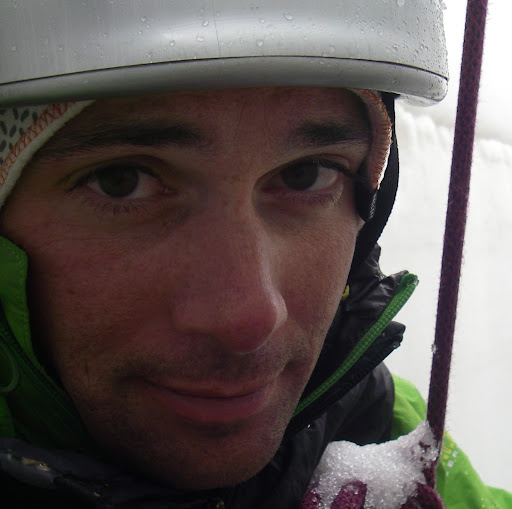
James Thacker
Education:
University of Sheffield
About:
You have found James Thacker Mountain Guide and Mountaineering Instructor on Google..
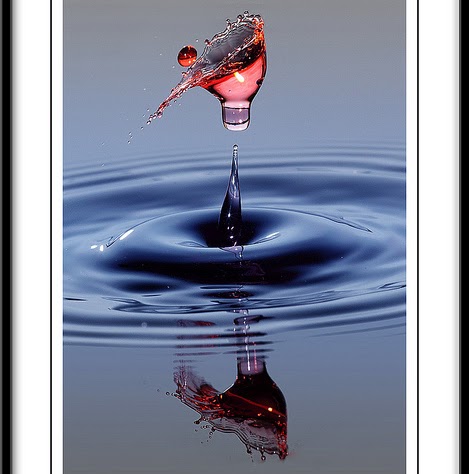
James Thacker
Tagline:
Music Connoisseur
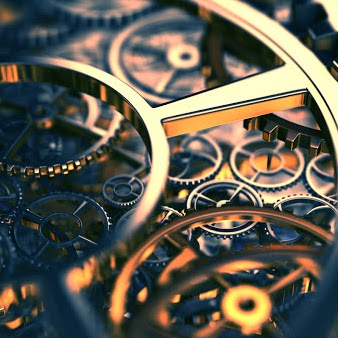
James Thacker
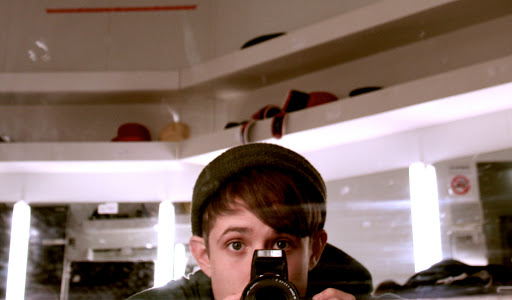
James Thacker

James Thacker
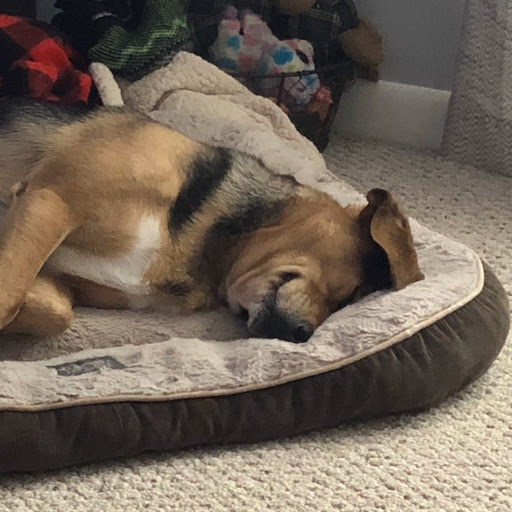
James Thacker
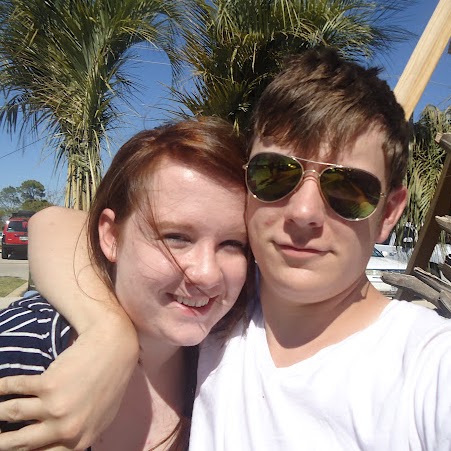
James Thacker

James Thacker

James Keith Thacker
view source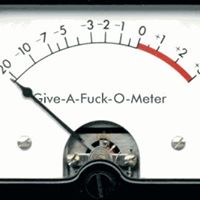
James Thacker
view source
Jim Thacker
view source
Michael James Thacker
view source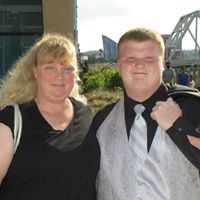
Jesse James Thacker
view source
James Thacker Taylor
view source
James Thacker
view source
James H Thacker
view sourceFlickr
Get Report for James Wayne Thacker from Arnold, MO, age ~74



















